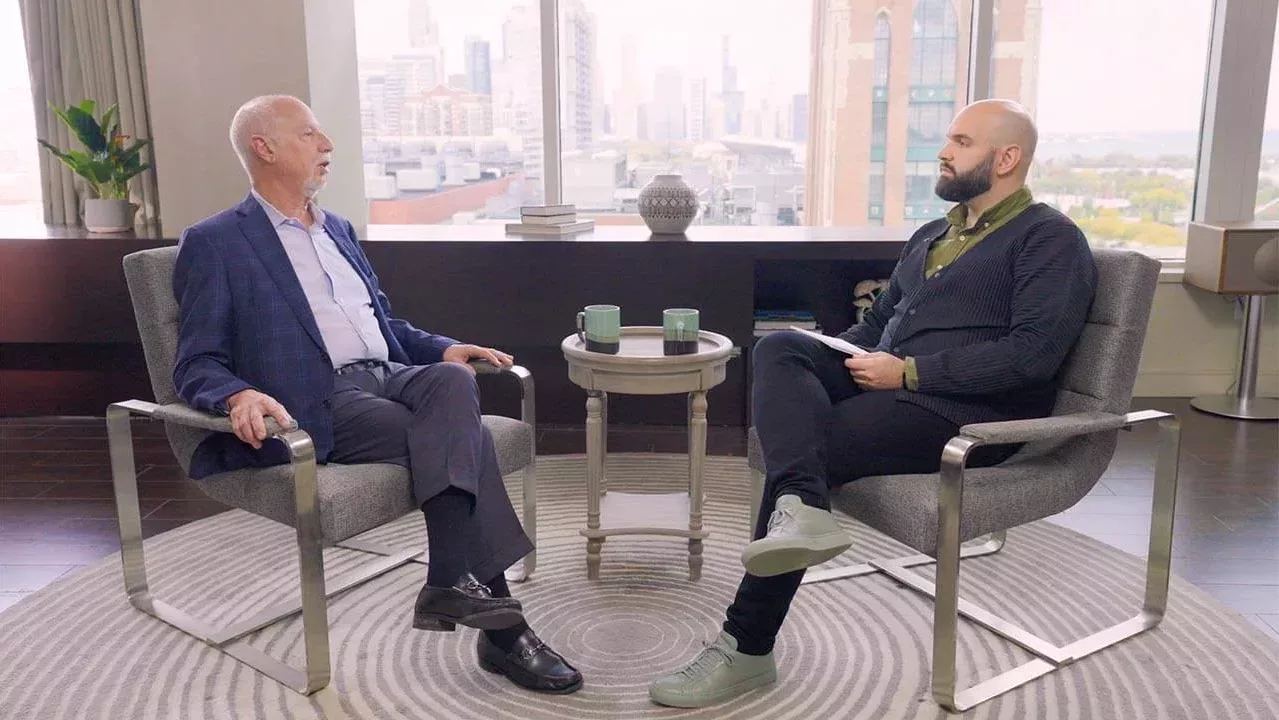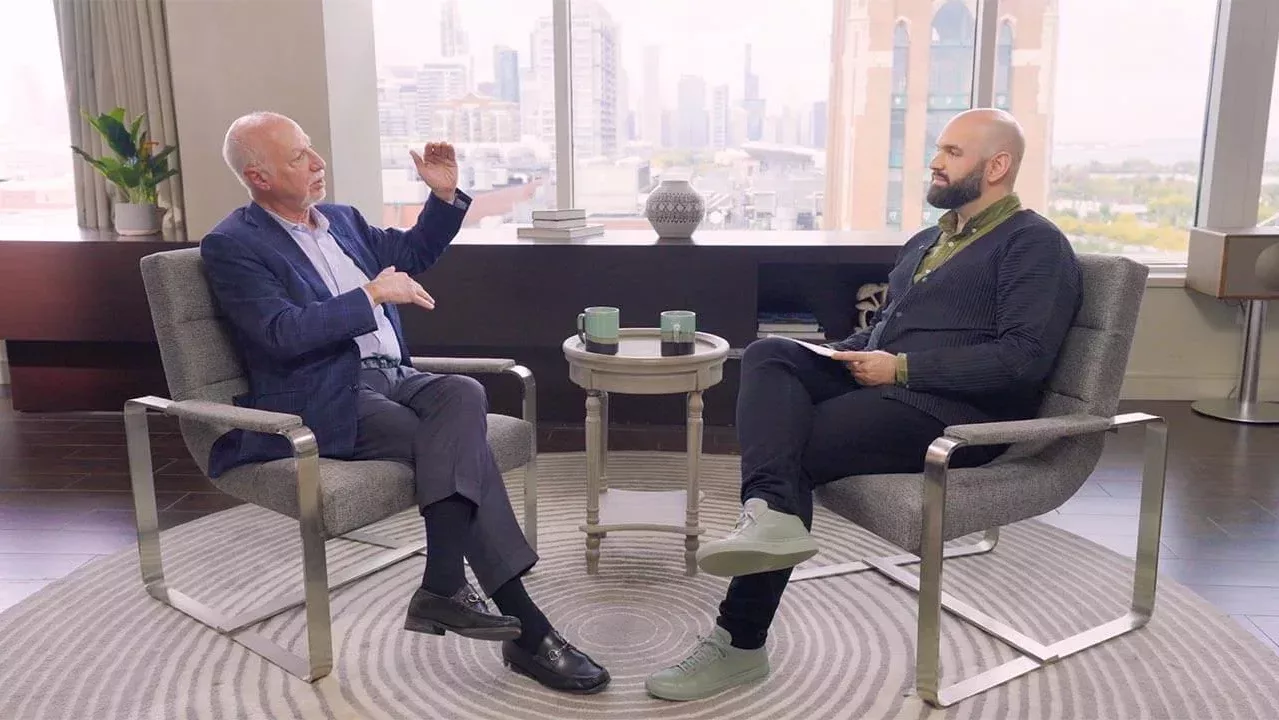The cure we need: 3 tips to fix the U.S. healthcare system
In the wake of pandemic chaos and fiscal instability, the healthcare horizon looks bleak. The problems are familiar — physician burnout, financial uncertainty, and systemic issues that make quality healthcare difficult to deliver (or receive).
In the first episode of The Schema Season 2, Arcadia CEO Michael Meucci discusses this critical juncture with Tandigm Health CEO Frank Ingari. Together, they tackle promising solutions for easing some of the greatest pressures on healthcare today. To solve the problems that threaten to compromise the U.S. healthcare system, they look at historical precedents from the auto industry to the advent of mainframes. There may not be any silver bullets, but there are silver linings.
Tune in to the new season of The Schema or watch the full episode, and read on to learn about where these industry titans see the potential for optimism.
A chance to reinvent the wheel of U.S. healthcare
"[W. Edwards] Deming and the Japanese said, 'What if we built a car every year through continuous improvement, which was high quality and lower cost?' And this wound up being pushing the U.S. auto industry to the edge of collapse. That tipping point led to a transformation. I'm hoping that's what happens in healthcare because things are really bad right now."
— Frank Ingari, CEO, Tandigm Health
There's immense value in a process that runs so smoothly it can be taken for granted. Like a reliable car, the best healthcare infrastructure might be the kind people barely notice — a well-oiled machine where continuous refinement is so baked in, it's a given.
How can U.S. healthcare organizations make a similar pivot as automobile manufacturers several decades ago? The threat of impending collapse isn't hyperbole. Between physician burnout, loss of care in rural areas, and major disparities in coverage, calling this an "inflection point" is almost a euphemism.
Like Japanese manufacturers' competitive push, American medical institutions can take this historic low point as an opportunity to make dramatic change. Administrators and executives could look to the tech world's fast-paced innovation, or seek answers from foreign healthcare systems’ success in areas where the U.S. lags.
Leverage big data to get off the defense
"We're defensive — we're always trying to make sure we're not using data wrong, we're not violating the right to privacy, which is understandable, but it's yet another barrier to us getting to the place where we can provide healthcare at a level of quality that consumers will say, 'Yeah, that's as sweet as what happens when I deal with Amazon.'"
— Frank Ingari, CEO, Tandigm Health
If data is generally sensitive, the data healthcare companies gather is particularly fragile. But an overly cautious approach means that healthcare lags behind other fields when it comes to adopting new technology and innovating off the beaten path.
Think about the purchasing process on Amazon, from inputting the URL to receiving whatever object was worth your $20. Each successive step generates more data, which is fed into the platform so that it learns more about what you like. Quickly, you see suggested items worth adding to your cart. You get frequent updates and customized deals, and every time you stream Fleabag or Friends, the algorithm gets to know you even better.
Some might call this approach to data gathering, storage, and use aggressive. They might be right. But ultimately, it's a proven strategy for success. Healthcare is a stark contrast, especially when you visualize the outdated patient portals and cumbersome communication processes many people associate with the field.
Brace for population health 2.0
"We are in a very exciting moment where, all of a sudden with you guys at Arcadia, we're looking at HIE claims and EMR data in the same database. That's huge. We are engaging specialists, ASCs, hospital facilities — it takes a village. We're starting to bring everybody to bear on the seniors. And it's no longer, 'Don't send them to the hospital.' It's, 'Send them to the right hospital.'"
— Frank Ingari, CEO, Tandigm Health
It’s not all bleak. The turning point from what Ingari deems "Population Health 1.0" to "Population Health 2.0" represents a major shift in the way healthcare organizations treat patients, moving from a scattered, piecemeal system to care that takes the whole person into consideration.
When Ingari began working in population health in 2007, he describes a field that was totally reliant on claims data. EMRs were just emerging, and no matter what medical issue arose, it was paramount to keep patients away from the hospital. Patient data was lacking and diffuse.
Now, instead of this hard and fast rule, the landscape has changed. Value-based care is one of many levers that have made specialists an asset instead of a liability, steering vulnerable populations — like ailing Baby Boomers — to the places where they’ll receive the best care, not just the cheapest. Sometimes, the two are one and the same.




